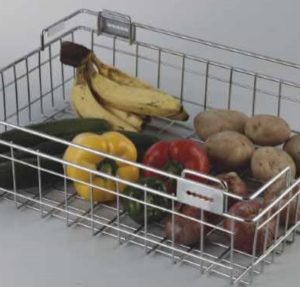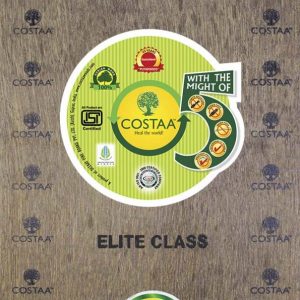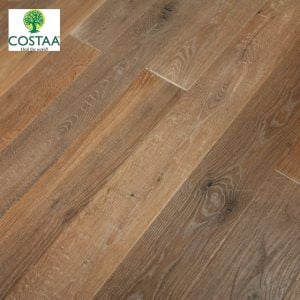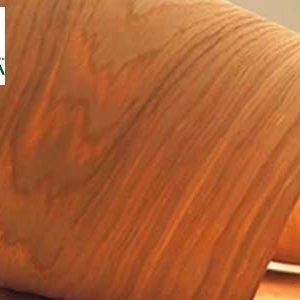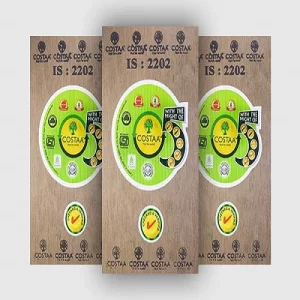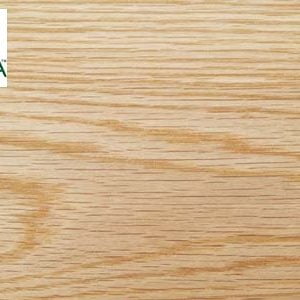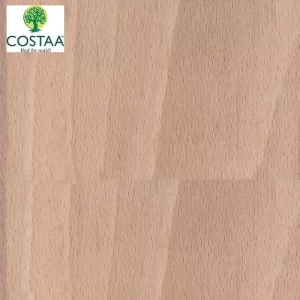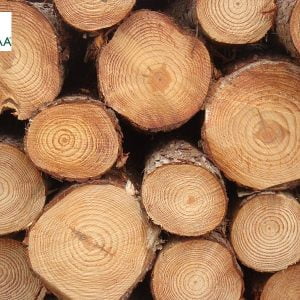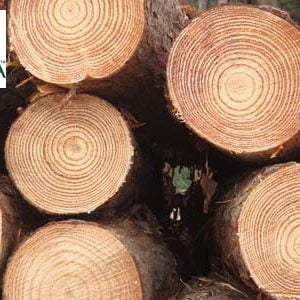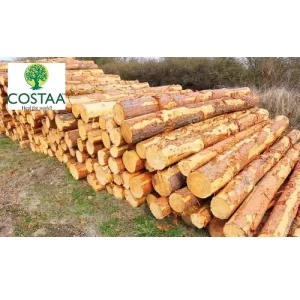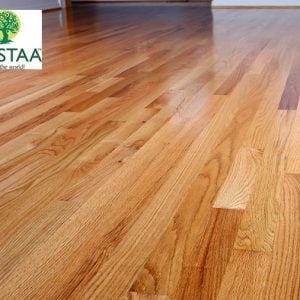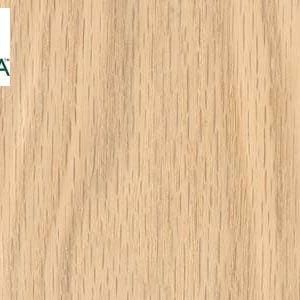Costawoods
-
COSTAA Elite Class Plywood
Make way for the authority in finesse & style, with durability that stands apart! Designed for EXTREME INTERIOR and MODERATE EXTERIOR applications, especially at places where the usage of water is moderately high, these plywoods are hot pressed with Gurjan Core ? a strong and classic wood!
-
COSTAA Engineered Solid Wood Flooring
COSTAA Engineered Solid Wood Flooring has a surface layer made of different strips of wood bonded together to form one single plank. These stris can differ in shade, rusticity (the number of knots and natural imperfections) and grain style. Different strips within the planks may have different cut, or sourced from a different part of the tree, but belong to the same species of wood giving a diverse look, yet not mismatched. The beauty of Engineered Solid Wood Flooring is that you get dramatic, multi-piece look with the ease of installing a wide plank, long board floor. There will be no warping, cracking, expansion and contraction.
-
COSTAA Face Veneers
The first choice for great first impressions!
Excellent consistency in quality and uniformity of thickness define our Face Veneers which are used by Plywood, Block Board and Flush Door manufacturers throughout the country to add that great first look to their range of products.
# MYANMAR ? GURJAN FACE VENEER
# AFRICA ? OKUME FACE VENEER
# SOLOMON ISLANDS ? PALAQUIUM(PQ) FACE VENEER
# HOLLONG FACE VENEER
# MAKAI FACE VENEER -
COSTAA Flush Door IS 2202
COSTAA ?Flush Doors? is designed and manufactured with Gurjan Hardwood Core and Kiln Dried Chemically treated New Zealand Pine Lumbers with high quality Phenol Formaldehyde resin.
-
COSTAA French White Oak Hardwood
Open, coarse grain with light tan color. White or creamy veins occasionally occur. Simultaneously elegant and rustic, the white oak suggests firmness and resilience. It will blend in quite nicely if other oak elements such as cabinetry or floorings exist but it will also go well along teak, chestnut or yellow pine. It makes especially a great presence within antique or heritage decorations. Hard, dense and heavy, with great wear resistance. Despite being a rather stiff wood, it shows a very good shock absorbance.
-
COSTAA German Beech Hardwood
The color is light cream with darker heartwood, something between maple and ash. The grain is short, mostly straight, with fine, even texture. Beech wood imparts definite warmth to the environment and has the ability to make the interior look more spacious. Furniture manufacturers and cabinet makers figured out the trick for quite a while; that?s one of the reasons many pieces of furniture designed for small habitats such as apartments are so often veneered with beech wood. Dense, heavy and hard (1300 on the Janka scale) yet somewhat brittle due to its short grain.
-
COSTAA German Sylvestris Pine and Spruce Pine Softwood
The basic properties of spruce and pine are similar in, for example, the long fibers and strength in relation to weight. Differences come up in cell structure: the cell wall in pine sapwood does not close completely, enabling fluid to move freely. This makes chemical treatments like impregnation of pine sapwood possible.
In the heartwood of spruce and pine, the cell wall closes completely and it blocks or complicates movement of fluid. Due to lesser water absorption, spruce and pine heartwood have good weathering resistance in comparison to pine sapwood.
-
COSTAA Meghalaya Pine Softwood
Meghalaya pine heartwood is an even, light brown to chestnut brown colour, the sapwood is creamy white. Resin canals are present as fine brown lines in the latewood part of the growth rings, especially on radial surfaces, and these can be a handy means of identification. Texture is fine but uneven.
The contrast in colour and texture between early and latewood bands (growth rings) in flat-sawn timber is relatively moderate compared with other pines and conifer species. The veneer has a moderate-to-high lustre. Common features in most Pinus species, including Meghalaya pine, are: knots, cone stem holes and pine-needle flecks. Meghalaya pine is a versatile and readily available timber, suitable for a wide variety of end-use applications. It produces wood that is very acceptable to the construction industry. The bark is rich in tannins and suitable for use in the manufacture of adhesives; it also contains some wax, which may have possible use in water repellents. It is suitable for framing, industrial uses, posts, cladding, decking, interior finishes and trims, and everyday furniture. Meghalaya does not begin to form heartwood until it is about 15 years old and forms it at the rate of one ring every two years. Most of the wood, therefore, is easy-to-dry and easy-to-treat sapwood. This is an advantage over many Northern Hemisphere conifers, which are largely heartwood.
Durability
-
COSTAA Nz Radiata Pine Softwood
Radiata pine heartwood is an even, light brown to chestnut brown colour, the sapwood is creamy white. Resin canals are present as fine brown lines in the latewood part of the growth rings, especially on radial surfaces, and these can be a handy means of identification. Texture is fine but uneven.
The contrast in colour and texture between early and latewood bands (growth rings) in flat-sawn timber is relatively moderate compared with other pines and conifer species. The veneer has a moderate-to-high lustre. Common features in most Pinus species, including radiata pine, are: knots, cone stem holes and pine-needle flecks. Radiata pine is a versatile and readily available timber, suitable for a wide variety of end-use applications. It produces wood that is very acceptable to the construction industry. The bark is rich in tannins and suitable for use in the manufacture of adhesives; it also contains some wax, which may have possible use in water repellents. It is suitable for framing, industrial uses, posts, cladding, decking, interior finishes and trims, and everyday furniture. Radiata does not begin to form heartwood until it is about 15 years old and forms it at the rate of one ring every two years. Most of the wood, therefore, is easy-to-dry and easy-to-treat sapwood. This is an advantage over many Northern Hemisphere conifers, which are largely heartwood.
Durability
-
COSTAA Stained Solid Wood Flooring
COSTAA Stained Solid Wood Floor gives a fresh and timeless look to the floor, which makes it desirable. Every wooden floor is unique. We use different stain for each wooden floor so that one you chose might differ from the samples given bellow.
-
COSTAA Swedish Red Oak Hardwood
Heartwood is a light to medium brown, commonly with a reddish cast. Nearly white to light brown sapwood is not always sharply demarcated from the heartwood. Quartersawn sections display prominent ray fleck patterns. Conversely, White Oak tends to be slightly more olive-colored, but is by no means a reliable method of determining the type of oak. Grain is straight, with a coarse, uneven texture. The pores are so large and open that it is said that a person can blow into one end of the wood, and air will come out the other end: provided that the grain runs straight enough.

